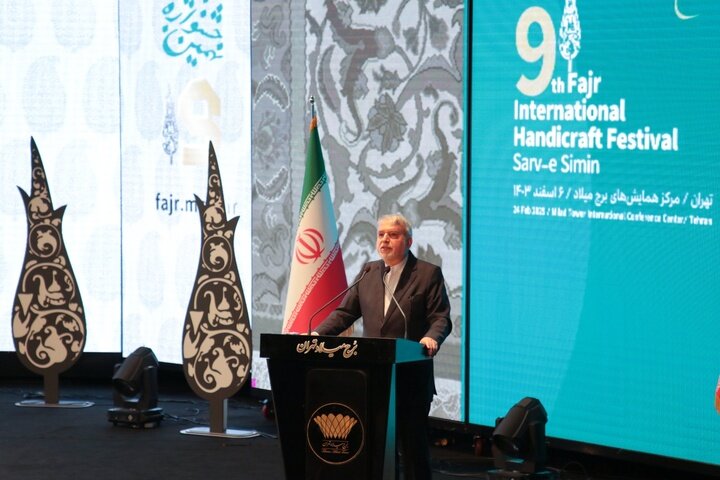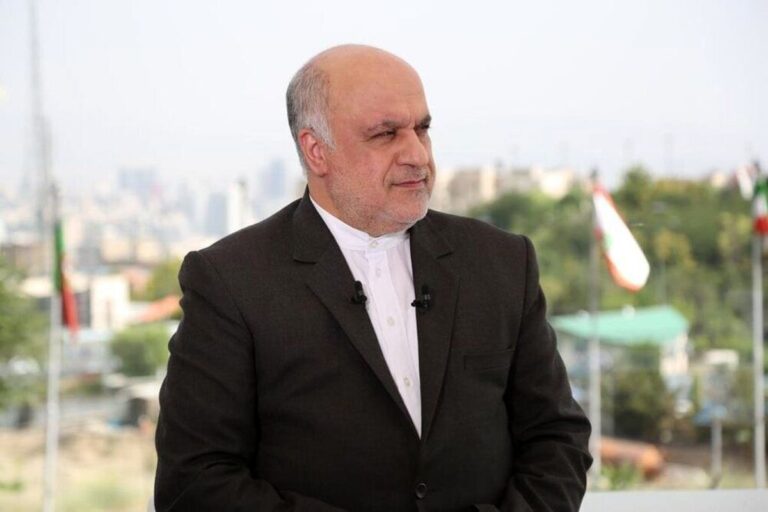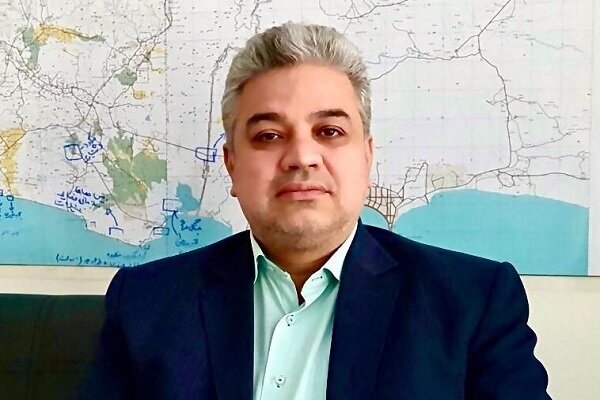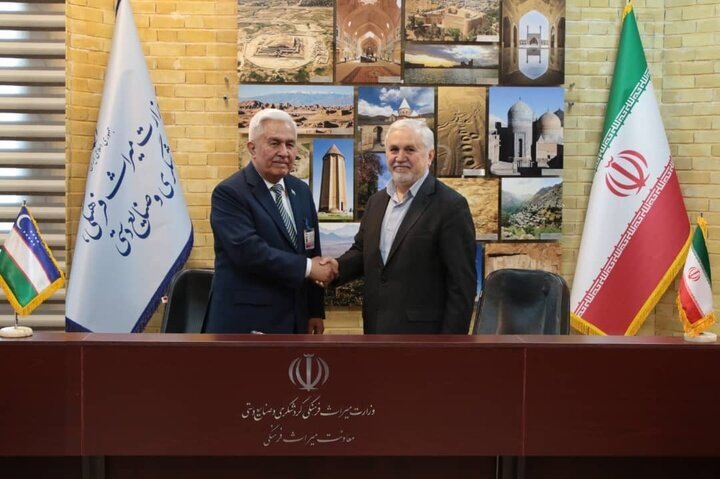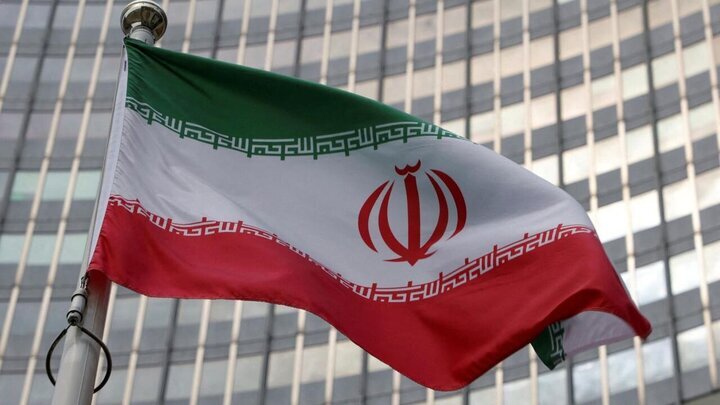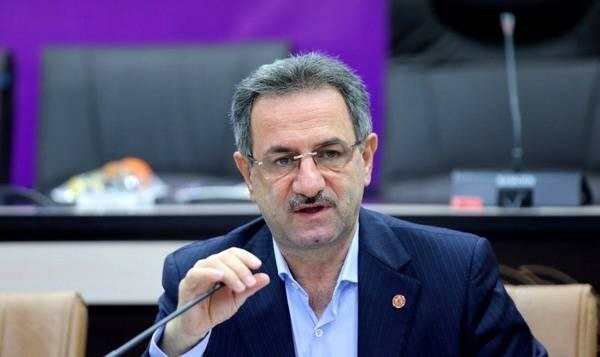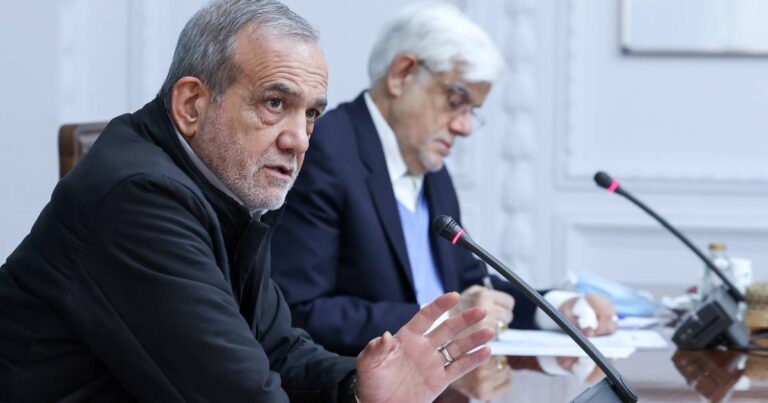Fajr Handicrafts Festival Celebrates Iran’s Rich Cultural Heritage: A Grand Finale of Art and Tradition!
TEHRAN – The 9th International Fajr Handicrafts Festival, also known as Sarv-e Simin, wrapped up on Monday evening at Milad Tower in Tehran. This significant event highlighted the vital role of Iran’s cultural heritage and handicrafts industry, with high-ranking officials underscoring its importance.
Cultural Heritage, Tourism, and Handicrafts Minister Seyyed Reza Salehi-Amiri addressed attendees, emphasizing the crucial role of handicrafts in both the economy and cultural diplomacy of the country. He remarked that over 570,000 artisans are actively engaged in Iran’s handicrafts sector, a field deeply woven with creativity, tradition, and family values. He stated, “Handicrafts are not merely products; they embody art, lifestyle, and cross-cultural dialogue. This sector has the potential to surpass oil revenues while showcasing the beauty and artistry of Iranian craftsmanship worldwide.”
Salehi-Amiri highlighted that an Iranian carpet displayed abroad acts as a cultural ambassador, representing the heritage and aesthetic sensibilities of the nation’s artists. He also pointed out Iran’s immense tourism potential, stating that the country offers a comprehensive range of experiences, including:
- Historical tourism
- Cultural tourism
- Natural tourism
- Medical tourism
“Every visitor to Iran has the opportunity to witness a rich and diverse array of experiences,” he stated, while also criticizing the negative portrayal of Iran in some international media. He urged local content creators to counteract such narratives by showcasing Iran’s beauty and security.
During his speech, Salehi-Amiri provided updates on Iran’s ongoing tourism projects, mentioning that there are currently 18,043 active accommodations and over 2,700 tourism projects under development. He acknowledged the challenges posed by the COVID-19 pandemic but noted that Iran’s tourism sector has continued to grow.
Mariam Jalali, the deputy minister for handicrafts and traditional arts, described the festival as a culmination of extensive planning and dedication over the past six months. She emphasized that Iran’s handicrafts industry has continually evolved, showcasing resilience and innovation throughout history. “This is not merely a closing ceremony but a declaration of commitment and action. Artisans, cultural heritage experts, and tourism professionals stand together to demonstrate how identity-based economics can address key economic challenges,” she stated.
Furthermore, Saeed Al-Qaddoumi, the president of the World Crafts Council, expressed his appreciation for Iran’s contributions to global handicrafts. He acknowledged Iran’s rich artistic legacy and its leadership in preserving and celebrating traditional crafts. “Iran has always held a special place in my heart, just as it did in my mother’s. With 16 cities and villages designated as global handicrafts hubs, Iran’s dedication to its artistic traditions is unparalleled,” he remarked.
Al-Qaddoumi praised cities like Isfahan, known for its intricate Persian paintings and inlay work, and Tabriz, renowned for its exquisite carpets. He described the Fajr Handicrafts Festival as a crucial platform for artisans worldwide to:
- Exchange ideas
- Foster cultural appreciation
- Celebrate the invaluable contributions of traditional crafts
“This festival is more than an event—it is a space for connection, learning, and mutual respect, where we can acknowledge the exceptional role each of us plays in the global crafts community,” he added.
Al-Qaddoumi also expressed gratitude on behalf of the World Crafts Council, extending his appreciation to all those involved in organizing the festival. He emphasized the importance of strengthening ties between Iranian artisans and their international counterparts.
The festival concluded with the presentation of Sarv-e Simin awards to distinguished artisans, acknowledging their excellence in traditional craftsmanship. This celebration of Iranian culture and artistry exemplifies the enduring spirit and dedication of its artisans, showcasing the significance of handicrafts in the modern economy and cultural landscape.
